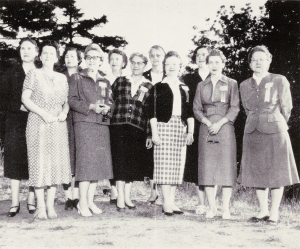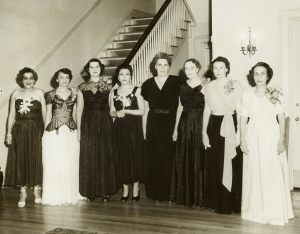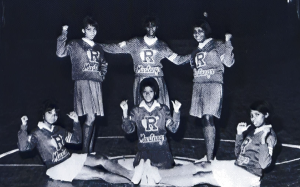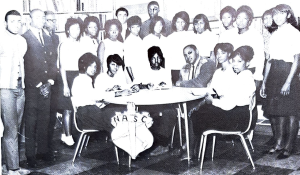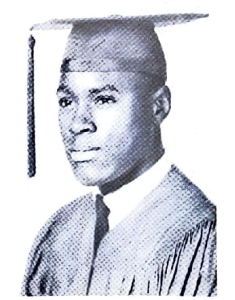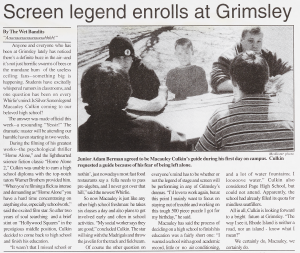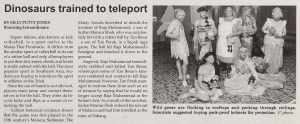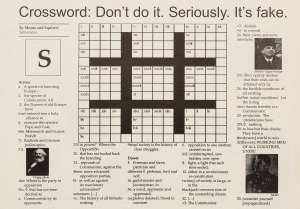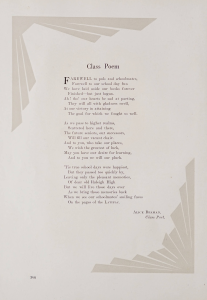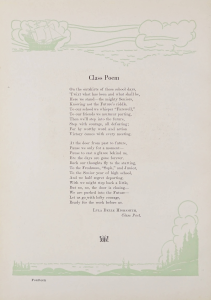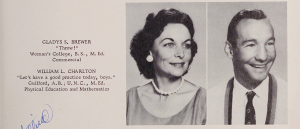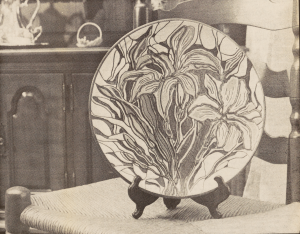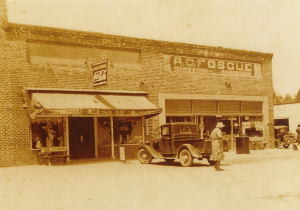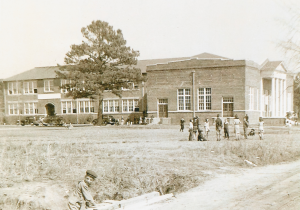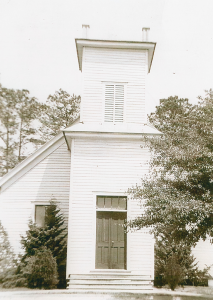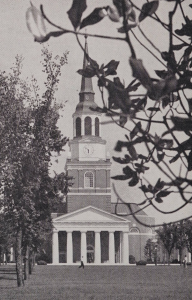Human residents of North Carolina probably know that our state is also home to a variety of exciting wildlife, from rare butterflies, “secretive” otters, and occasional alligators (if you want to see flora and fauna by county, the NC Wildlife Resources Commission has shaded maps). And now, thanks to our partners at the History Committee of the town of Pine Knoll Shores, we have some issues of The Shore Line that profile some of our animal neighbors.
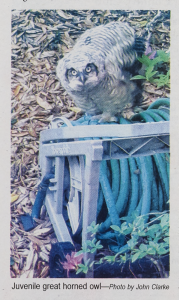
Owl Pacino (The Shore Line, May 2021)
In May 2021, Pine Knoll Shores residents got a visit from a special guest: a juvenile great horned owl with a striking resemblance to actor Al Pacino. These birds are actually common throughout the state, and though most people have never seen one, you’ve almost definitely heard their call.
The author of this piece, John Clarke—who aptly named the bird “Owl Pacino”—reached out to the local aquarium’s owl expert, Amanda Goble, for more information about his feathered friend. Goble said that great horned owls tend to have a long period of dependence on their parents, so it’s likely that Owl Pacino’s mother and father are nearby as well.
The NC Wildlife Resources Commission also notes that while it is a myth that owls can turn their heads in a complete circle, they can in fact turn them 180 degrees.
Another pair of special guests on the pages of the June 2021 issue of The Shore Line are these two shelled friends:

North Carolina is home to 21 species of turtles, including sea turtles and our state turtle, the box turtle (Terrapene carolina, for the Latin-inclined). This article ran as a way to remind people how to handle turtles when they come across them. The short answer: leave them alone.
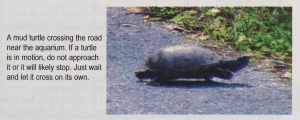
About half of the turtle species in NC (11/21) are either federally listed as threatened or endangered and/or listed by the state as an animal of “special concern.” The author of the article, Frederick Boyce, is the staff herpetologist at the NC Aquarium at Pine Knoll Shores; he clarifies that the common advice, “Put them off the road in the direction they were heading,” really only applies to our beloved representative the box turtle. Most of the time, the best course of action is to do nothing.
One more animal neighbor that appears in the February 2021 issue is the “sexy speedo,” more formally known as the six-lined racerunner lizard.
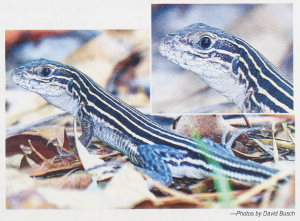
The six-lined racerunner is native to NC (The Shore Line, February 2021)
There are several whiptail lizards native to North America, but the only one east of the Mississippi is this little friend (according to Boyce, who also wrote this article). Interestingly, many species of whiptails native to the U.S. reproduce by parthenogenesis, meaning that all members of the species are female and are born from a single parent. Our North Carolina whiptails, though, have both male and female members and do not reproduce by parthenogenesis.
“I have always thought, however, that Jurassic Park would have been more convincing if Michael Crichton’s fictional scientists used lizard rather than frog DNA to fill in the gaps of their ancient dinosaur strands,” Boyce adds.
The full 2021 run of The Shore Line can be found here; all of our digitized issues of The Shore Line can be found in our North Carolina Newspapers collection. For more information about and materials from the History Committee of the Town of Pine Knoll Shores, you can visit their partner page or their website.


